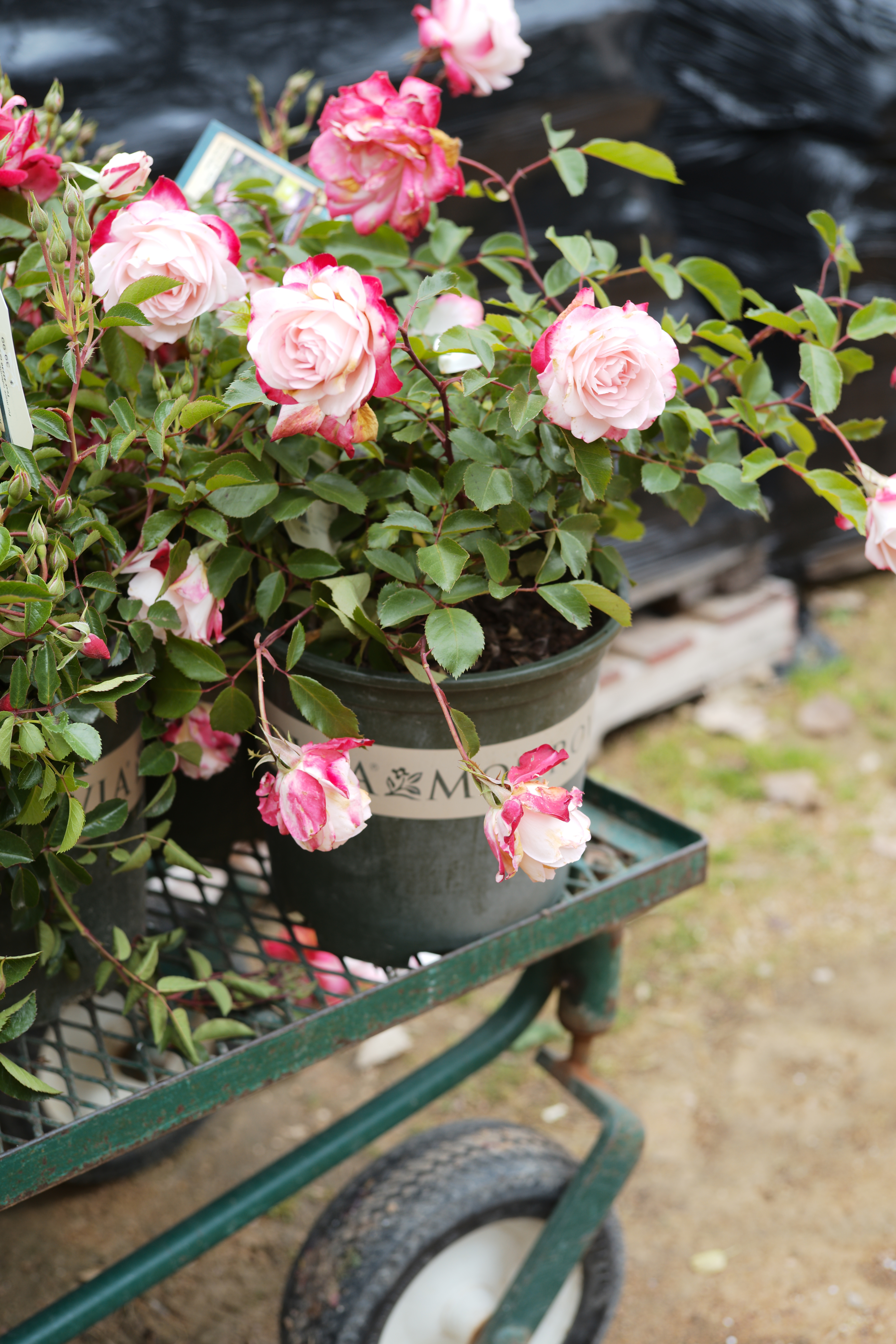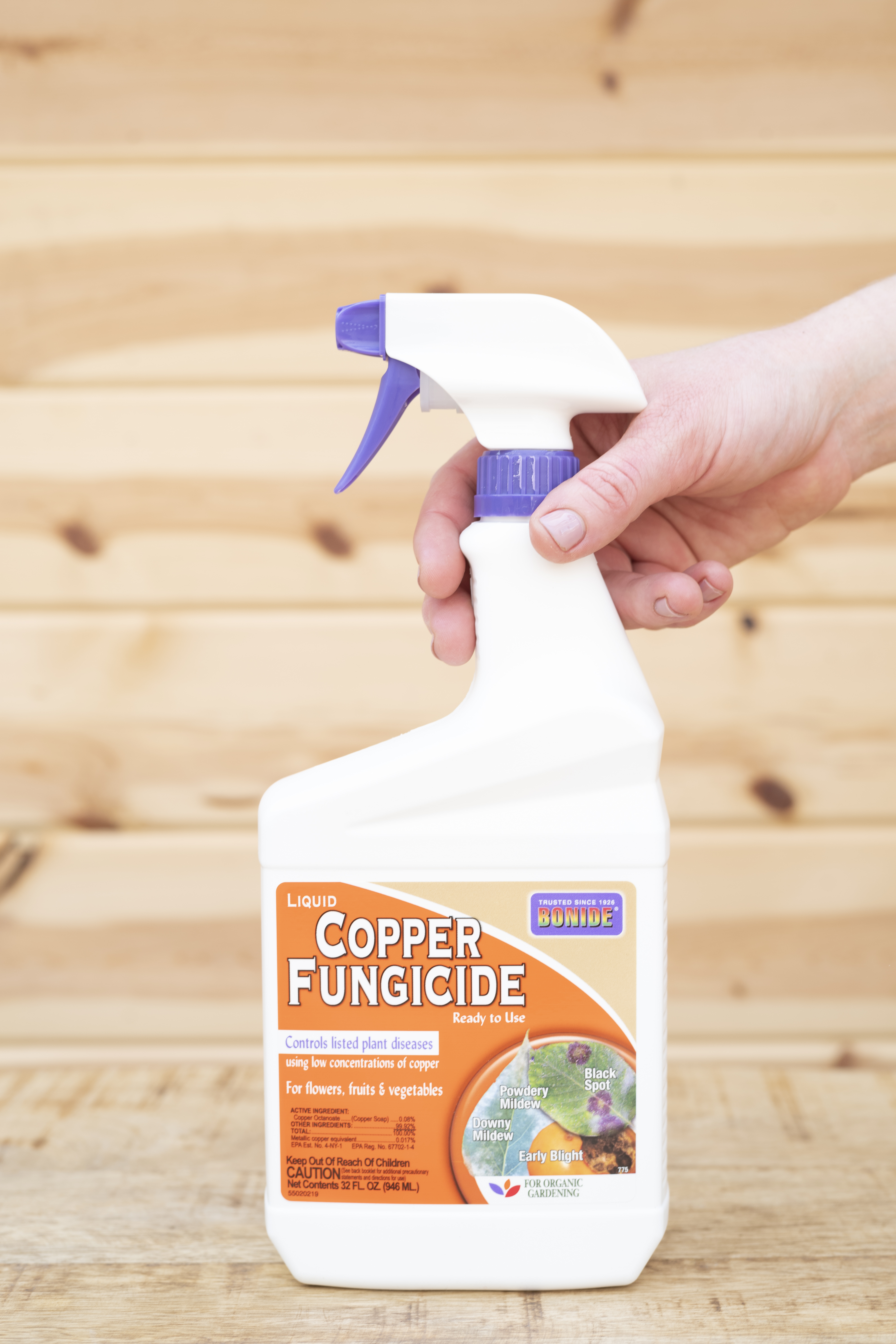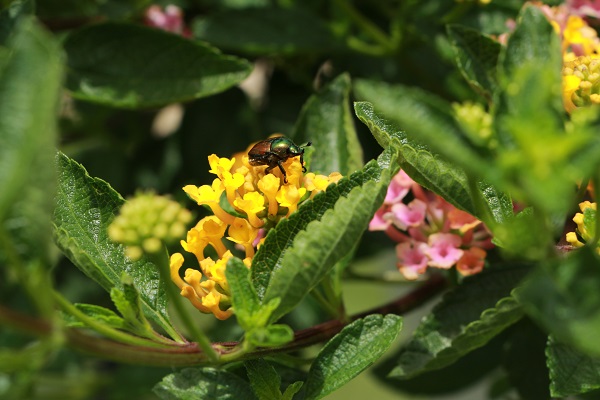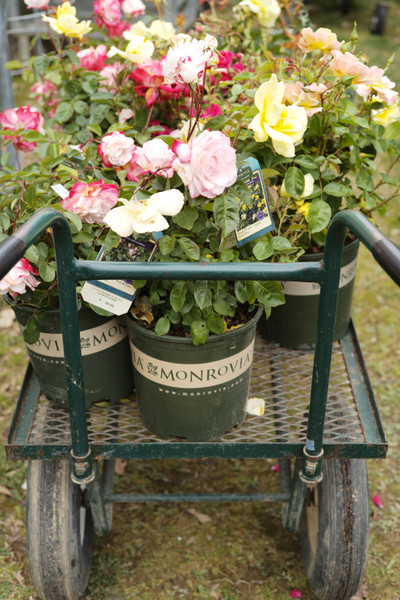keep plants beautiful all summer long
Posted by Megan Nichols on Jul 3rd 2020
The heat of summer is here, this is what we dream about through the cold winter months! This is also the time when our gardens could use a little extra TLC. Here’s what to do in the garden now to keep everything looking it’s best.
Clean Up Time
Take a peak at those hanging baskets and container gardens. If you haven’t already, it’s likely time to trim back vining plants and petunias (they can start to get a little leggy this time of year). Cut back about half way and in just a couple weeks they will branch out and fill in with new growth and look gorgeous.
Deadhead and clean up perennials such as Salvia and Geranium that might be looking a little ragged right now. Cut back bloomed out stalks and they will bloom again this summer.
It’s definitely time to cut back some of those spring bloomers. If daffodil leaves have yellowed you can cut them back. Deadhead peonies but leave the leaves since this is how the plant will feed itself. Be watching for powdery mildew and other peony fungal problems around this time, too.
Trim spent blooms on roses and cut back crossing branches. Roses like air, so any branches growing across others should be cut back to a 5 or 7 leaf section.

Watch for Pests and Disease
Powdery Mildew
The spores responsible for powdery mildew are around all the time (either they already live in the area or they blow in with the wind) but it’s when conditions are just right that they take hold and do damage (and conditions have been favorable lately). Several different plants are particularly susceptible to powdery mildew: cucumber, zucchini or summer squash, basil, peonies, bee balm, dahlias, and phlox to name a few.
Powdery mildew appears as somewhat fuzzy-looking, white splotches on leaves and stems of plants. Sometimes, severely damaged leaves will fall off.
Identify the problem as soon as possible. Any treatment will not reverse the effects of powdery mildew, but it will stop it from spreading any further. Powdery mildew likely won’t kill plants, but it is unsightly. The sooner it’s caught the higher the chances of stopping it in its tracks.
Treat plants with Bonide Copper Fungicide spray, being sure to spray all leaf and stem parts. Generally, blooms are not affected by powdery mildew, so for pollinator safety avoid spraying the blossoms. This product is safe for organic gardening.

Japanese Beetles
These beetles are just plain gross. They are destructive and excel at making gardeners miserable. They do have some favorite foods, but recently any brief discussion with fellow gardeners reveals that some of them may be expanding their pallet. Their favorites include roses, raspberries, grape vines, and linden trees. They’ve been seen on dogwood and Echinacea recently, too, though.

Know how to identify the beetle and the damage they cause (they eat leaves, making them nothing more than lacy remnants, and they eat blossoms, too).
Knock down the population. Don’t delay in taking care of them, it just gives them time to increase their numbers.
One of the most effective ways to take them out of commission is to hand pick and toss them into a bucket of soapy water, or just tap them in. If possible, do this a couple times a day when they first emerge, because new beetles are continuing to hatch and appear at this time. Just put on a brave face, give yourself and your plants a pep talk, slip on some gloves and grab the bucket. You can do this.
Alternatively, spray Japanese Beetles with an insecticide. Bonide makes several effective products: Japanese Beetle Killer, Eight, and Captain Jack’s Dead Bug are all good choices. Be sure to spray very early in the morning or late in the evening when pollinators aren’t foraging, avoid spraying blooms for pollinator safety (if possible, enclose blooms in baggies for extra protection), and try to hit the beetles directly.
Beetle Baggers are another option. It’s true that the Bagger attracts beetles, so your neighbor’s beetles might end up in your yard. However, the point is to place it away from their favorite plants to lessen the damage and kill the beetles.
General Tips
Make note of the timing of garden pests and disease. Where is the problem? When did it first appear? What worked and what didn’t in attempting to fix the issue? Next year, review your notes at the beginning of the season and be ready to tackle any issues. These things generally happen around the same time year after year.
Bee careful, bee safe. Keep our pollinator pals in mind when choosing what to treat the problem with and how to treat it.
Happy Summer Gardening!

